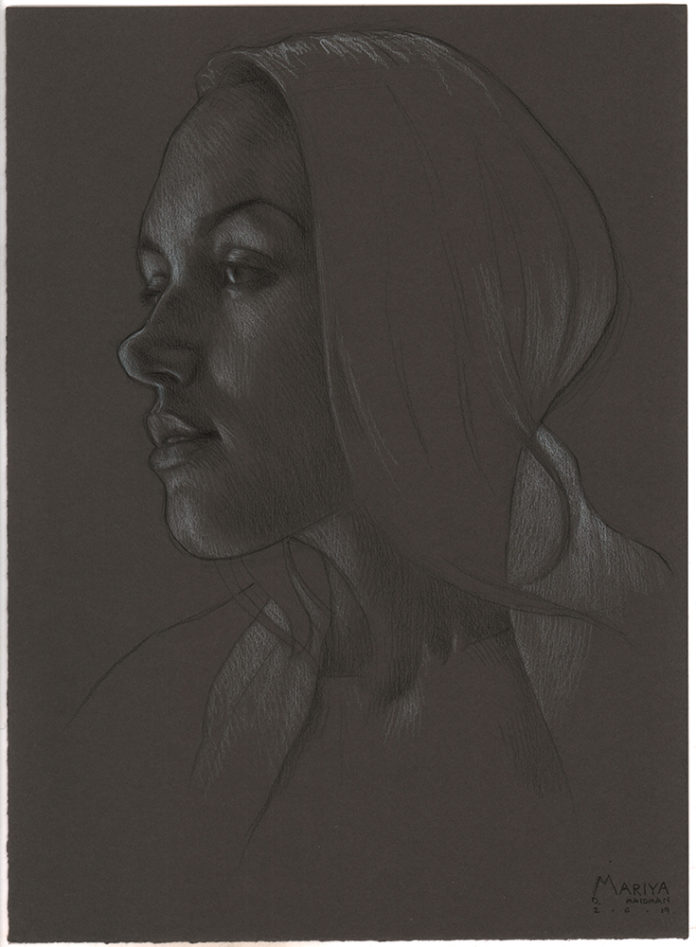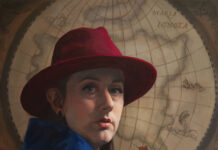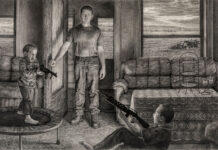Regarded as one of the foremost masters of figure drawing in America, Daniel Maidman has spent several decades grappling with the challenges and opportunities of drawing from life. Maidman has been on the faculty for the annual Figurative Art Convention & Expo. (Join us for the next amazing event > Realism Live: A Global Virtual Art Conference.)
5 Tips for Drawing on Toned Paper
BY DANIEL MAIDMAN
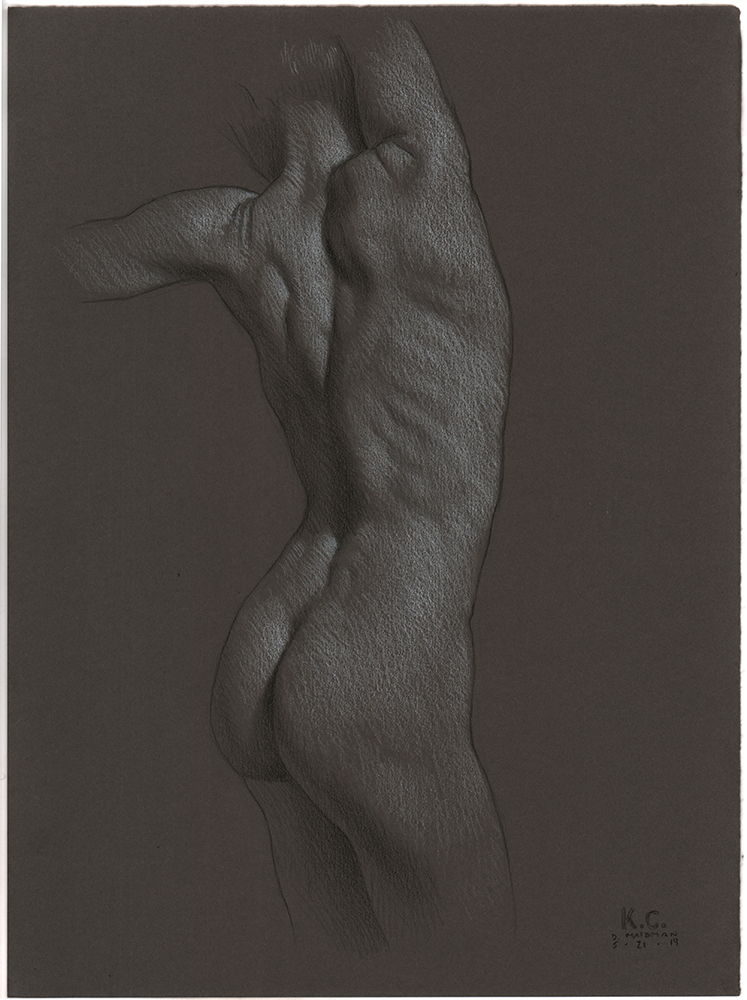
1. Play the field.
Toned paper has three important properties: value, color, and surface texture. The huge variety of toned papers available to the artist offer many combinations of these properties. When you start out with toned paper, try going to the art supply store and buying 10 or 20 different sheets. Draw on each, and figure out what works for you. Odds are good you’ll never find the ideal combination — you may find a value you like, but it doesn’t come in the color you want. Or you could find the perfect color, but the papers available in that color have too much tooth, or too little. It took me a long time to find papers suited to me. I still discover new ones every once in a while. Seek the paper that liberates you to do the work you want to do.
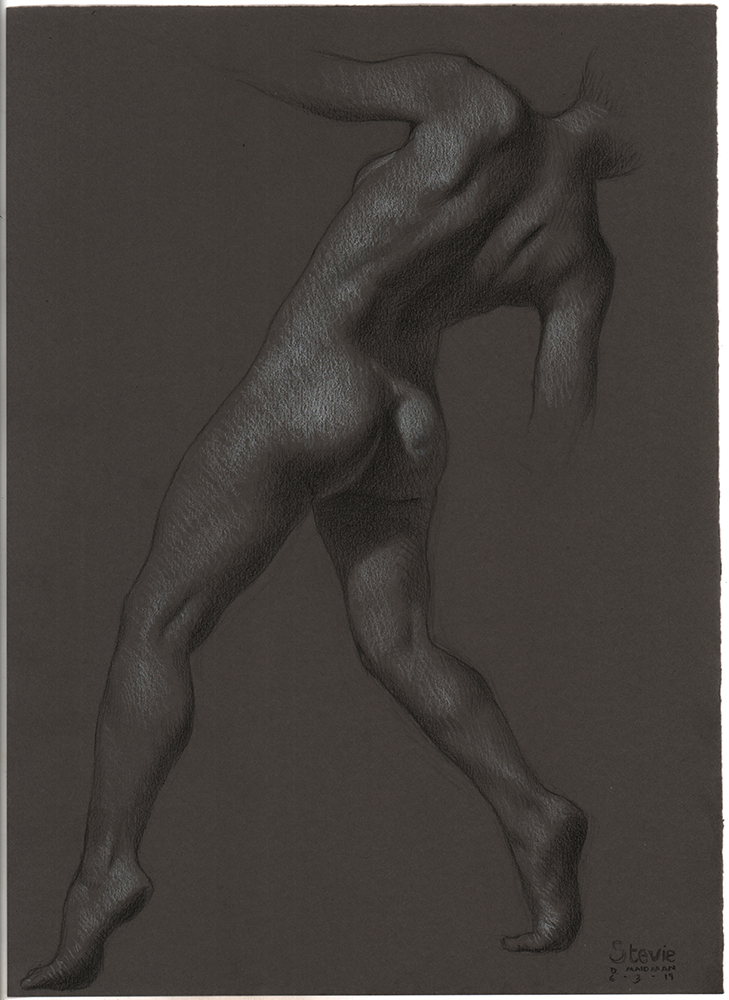
2. Let the paper do the heavy lifting.
My entire background in drawing is open life drawing workshops. If you’ve ever gone to one, you’ll know: time is not on your side. That pose will last five minutes, ten, twenty, whatever the length – but then it’s over. It doesn’t matter if you’re on a roll or if you’ve been inspired to start something great. The pose is gone. When I started, I spent a few years playing with various combinations of media before I discovered the great and obvious secret of toned paper: it saves time. How? By giving you the midtone. All that painstaking work you do on white paper, developing the lovely intermediate values, is supplied by the paper itself. Toned paper leaves you the easier task of completing the lights and darks.
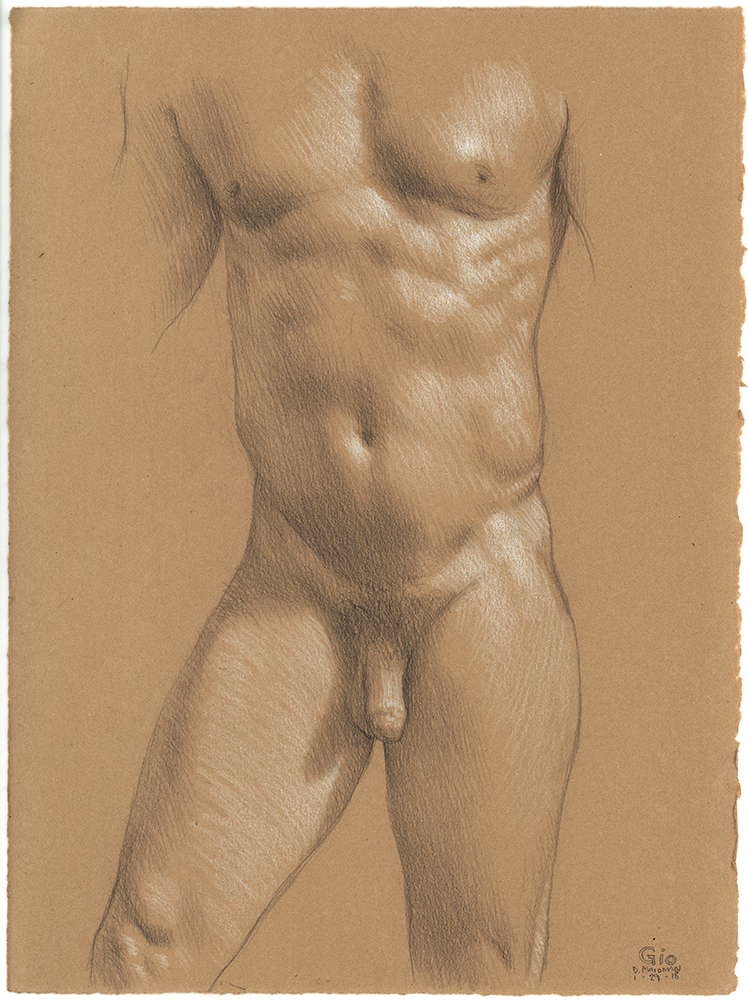
3. Hide your preliminary marks.
This does not apply to all draughtsmen. Preliminary marks are those loose lines you make as you find the shapes in your drawing. Some artists like to foreground the evidence of that search: Matisse and Da Vinci do. But if it’s not part of your aesthetic, toned paper allows you to follow the natural process of making preliminary marks, without forcing you to display them in the finished piece. You naturally press lightly when making these uncommitted marks, producing a correspondingly fainter line. On toned paper, that line is effectively invisible unless you go looking for it. So you can seek it out as you develop your drawing, confident that a viewer who is enjoying your drawing for aesthetics instead of studying it for process, won’t have those lines forced on their experience.
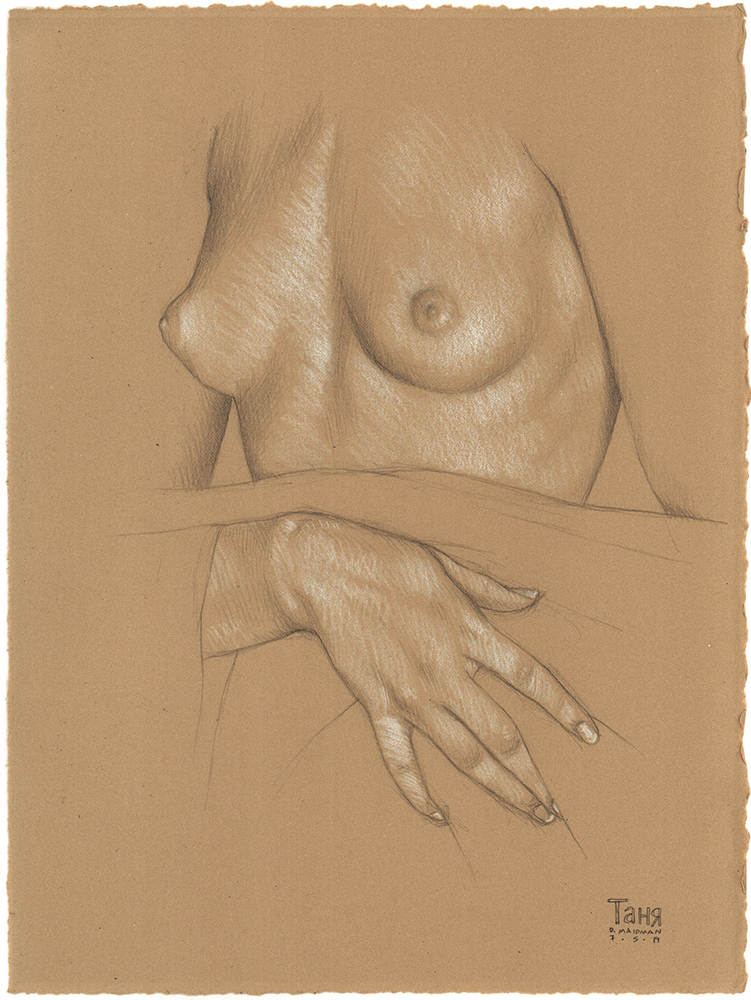
4. Put some work into the darks.
This is one area where toned paper actually makes your life harder. On white paper, any mark at all is a statement. On toned paper, as we were just discussing, faint marks tend to be invisible or unclear. You will have to really emphasize your darks in order to establish them with force and dynamism. Over the years, I have changed pencils from HB to 2B to 3B as I have worked on developing my shadow areas more fully. If your work involves darks, you will need to develop a strategy for executing them on toned paper, which is different from the strategy you use on the comparatively more forgiving white paper.
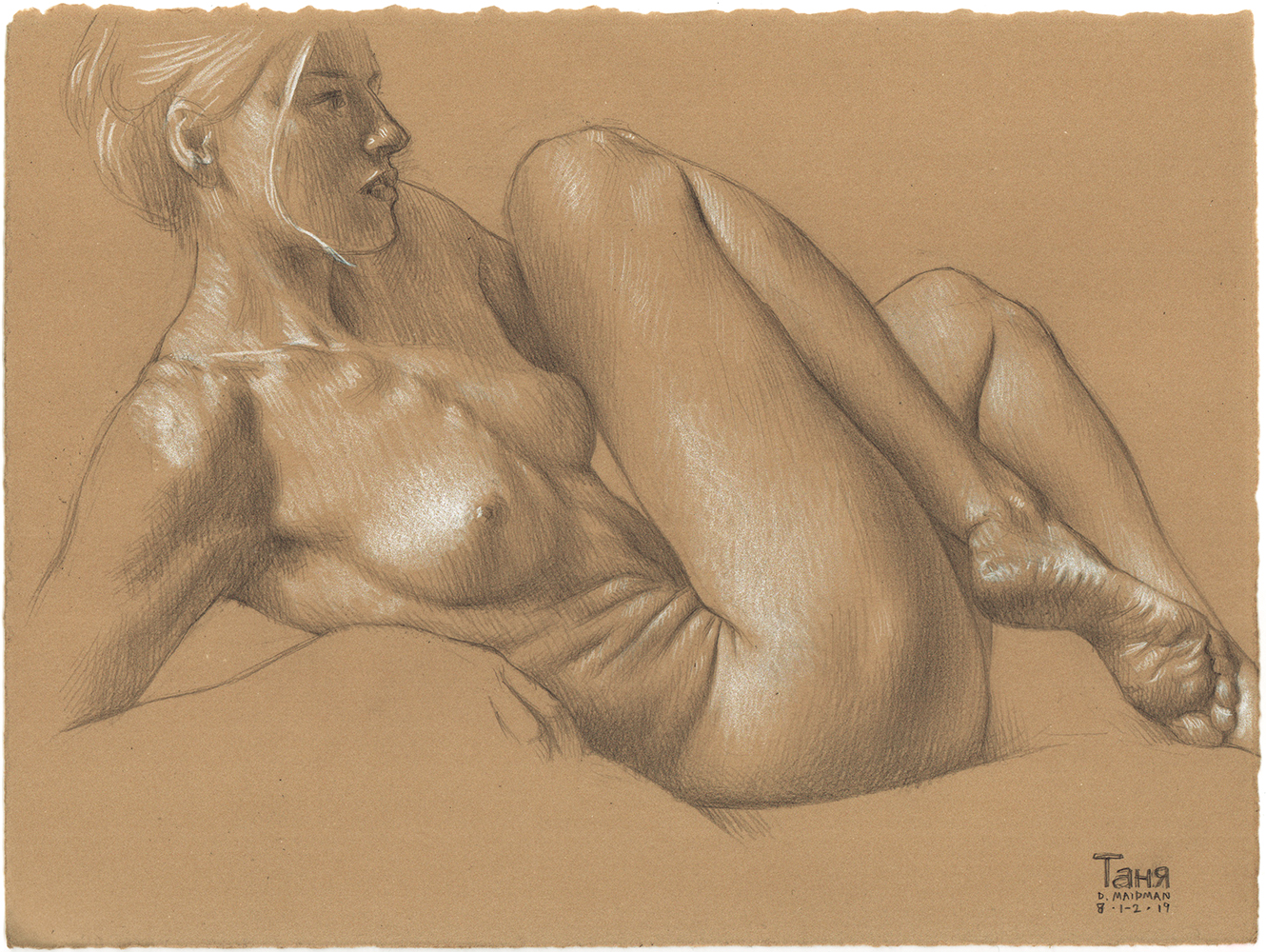
5. Follow the light.
As far as I’m concerned, this is the real aesthetic benefit of toned paper. Because the eye understands that the default value of white paper is white, it is difficult to make drawings on white paper where the lights take on an independent vitality of their own. The light emerges reluctantly as the surrounding darks are built up. On toned paper, by contrast, light is a divergence from the natural value of the paper, and so the viewer subliminally understands it as an active aesthetic phenomenon. There is a glow to the lights in drawing on toned paper which is unique to the medium. Instead of leaving out the lights, as you do on white paper, you build up the lights. This means you can readily and profoundly explore the way light glances off of bone, or diffuses in skin, or shimmers on hair. If light speaks to you, spend time with your toned paper, learning how to express your inspiration with this most accommodating of all options.
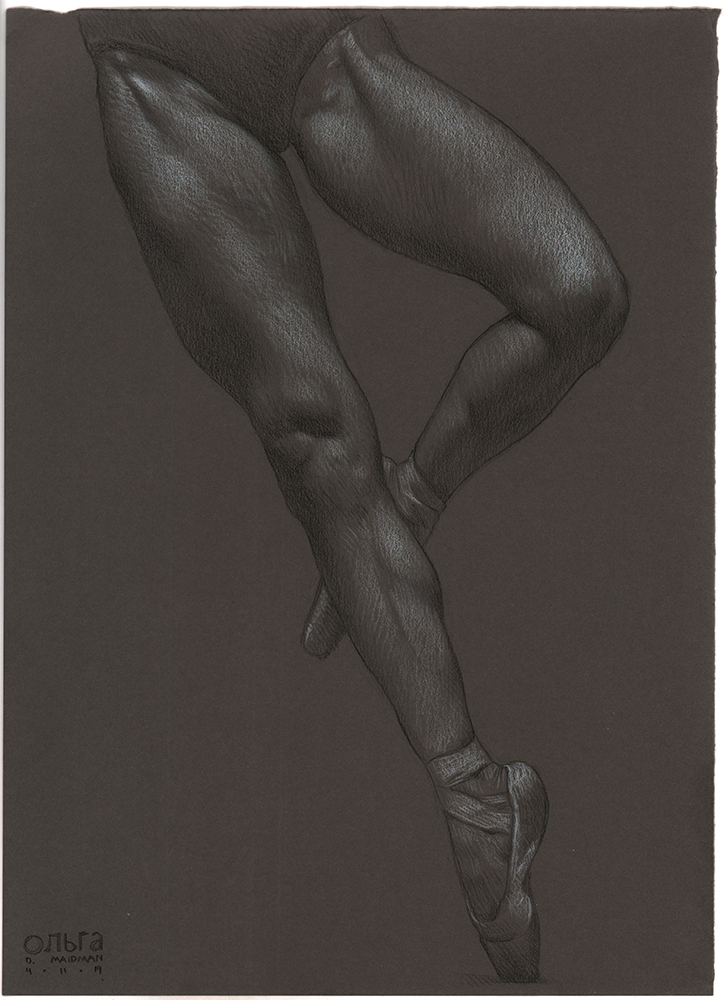
MY ART MATERIALS / DRAWING SUPPLIES:
Staedtler 3B pencil
Prismacolor white pencil
Rives BFK tan heavyweight printmaking paper
Daler-Rowney Canford gun metal grey paper
Learn how to draw the figure with Daniel Maidman’s four-hour art video workshop, “Enhanced Life Drawing” (preview below)
.
Visit EricRhoads.com (Publisher of Realism Today) to learn about opportunities for artists and art collectors, including Art Retreats – International Art Trips – Art Conventions – Art Workshops (in person and online, including Realism Live) – And More!


